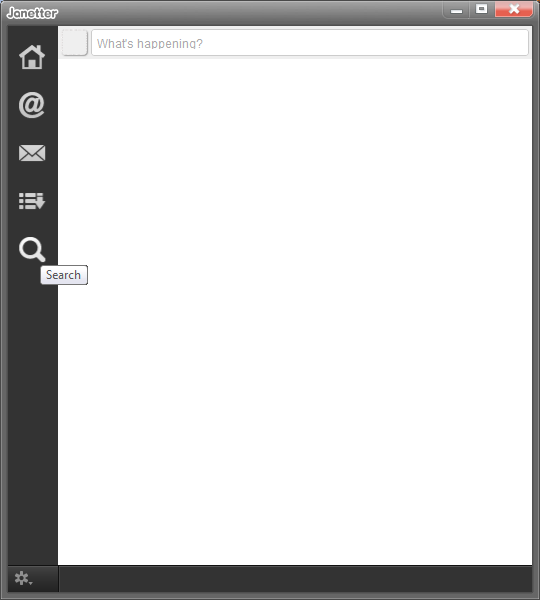

I envisage that the future is to combine on line sales with keeping the bookshop in the mind’s eye for those who want to discover and handle books they did not know even existed. Do you have any exciting plans for the store that you’d like to share here?įuture plans for the shop include developing the online shop to have a wider reach than it has at present. New Earswick, one of the pioneer model villages, built by Rowntree’s, is just up the road from the shop and York Minster less than 200 metres away. We also have a lot of enquiries for books on model villages and other aspects of buildings in the city. General books on the history of architecture probably not but the shop does a roaring trade in books on specialist aspects of building history such as stained glass, stone masonry, decorative details and so on. Being in the historic city of York, do you have much local demand for the history of the architecture? Your inventory is mainly based around the subjects of architecture, art and design. It is the unusual which keeps the bookshop an interesting place for me and hopefully for my customers. Finding a great collection of pictures as good as they were, spurs you on to find other things.

I don’t think they had been out of their container since they were taken and I am always a sucker for good documentary sources. It was not about their monetary value but their sheer luminosity.

If I was forced to single something out then I would probably say it was a collection of period photographs of country houses I stumbled upon years ago. There is never only one exciting find but a succession of undiscovered treasures keep coming my way. What has been your most exciting find as a rare book buyer/seller? I am sure the best buys ultimately come via word of mouth from lovely customers who have a feel for what we stock. Constantly being aware of what is coming up for sale through auction houses is useful and so is having shop premises, as private sellers seek you out as a place they might sell their unwanted material. The best buys come along when you least expect it them. How does the buying of rare books work? Without giving away too many trade secrets, where do you source your best buys?īuying rare books is not an exact science. Initially I just collected the material that interested me for myself, but, being from a family who had shops and having had a spell in design, as part of my own career path, I decided that opening a bookshop which combined family traditions and my own interests would be the dream job. I also really like ephemeral pamphlets and essays which often provide chance insights into subjects, or reflect a particular design style.

I never think you should disregard the scholarship of the past. That was a motivation for starting to buy and sell them. I always liked old books and am constantly in awe of their authors for the detail they crammed into them. So, my shop sells new books alongside the old, and so is not entirely ‘a rare bookshop’ except in so far as in selling new and old is quite distinctive for a bookshop. When you specialise in particular subjects, and in my case these are the visual arts, then new, second hand and rare books all form part of the literature of interest. What motivated you to open a rare bookshop? You specialise in the sale and purchase of rare and out of print books.


 0 kommentar(er)
0 kommentar(er)
